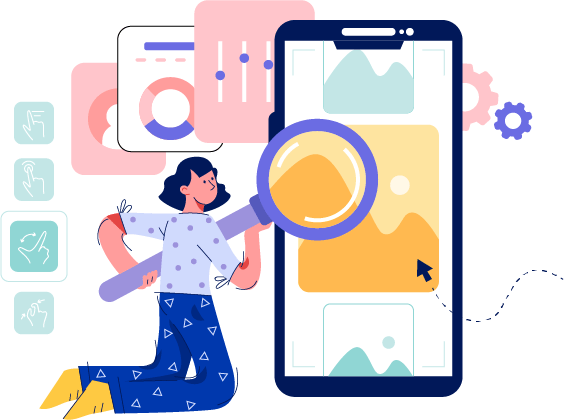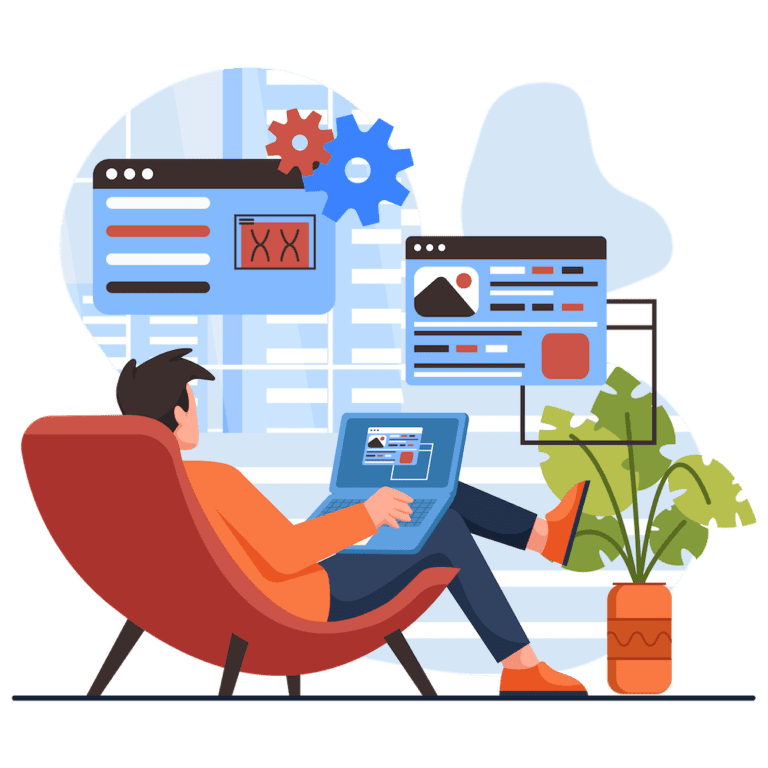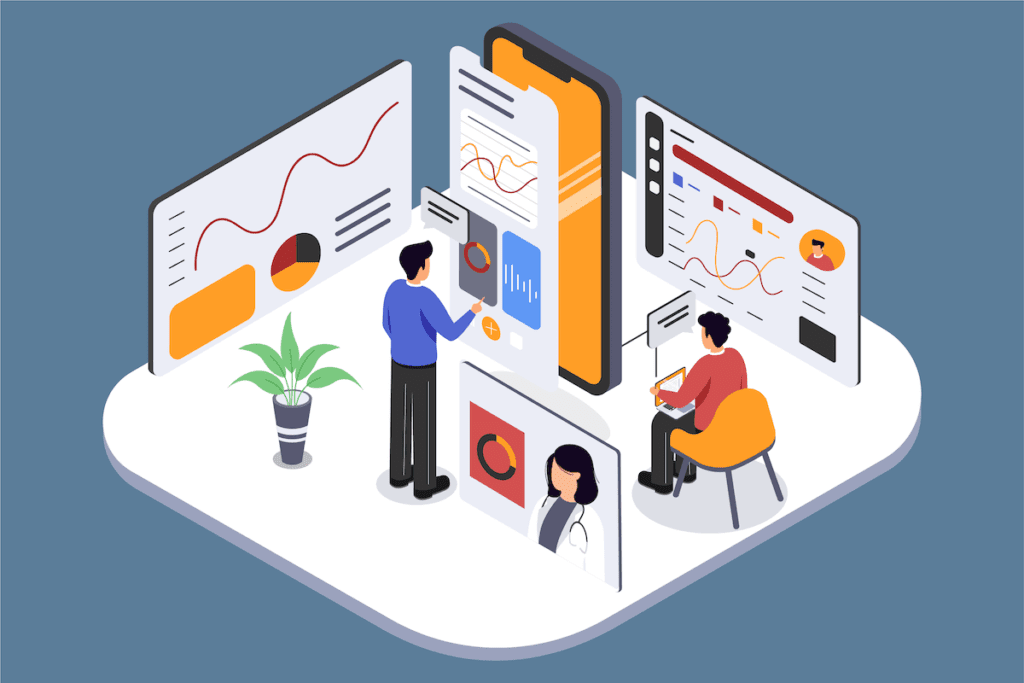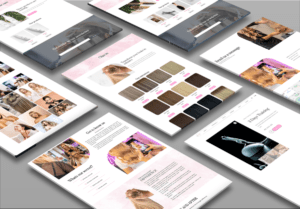Share This Post
UX DESIGN

In UX design, you plan and create the user experience, including everything that goes with it. Creating a product or service that solves a specific user problem is the primary goal, along with making sure the solution is enjoyable and easy to use.
So, In user experience design, the goal is to create relevant, easy, enjoyable, and accessible experiences that solve user problems. As its name implies, it encompasses all aspects of a product or service that the user interacts with, and considers how these aspects are combined into a user-friendly experience.
But how do we know when a UX design is bad or good? Let’s use an example used by the UX Design Institute.
Consider borrowing a book from your local library. It should only take you five minutes to get in and out. The process begins with scanning your membership card, finding the section you’re looking for, browsing alphabetically-organized shelves, checking out your book and exiting the store.
Here’s another scenario to consider. When you arrive at the library, you have to queue at the front desk because your membership card cannot be scanned. Due to the limited number of librarians on duty and the fact that they are already helping another customer, you cannot wait. A few minutes later, you finally make it into the library, only to discover that there are no signs pointing you to the various sections. After asking where the fantasy section is, you return to the front desk.
After finding the right section, you find that the shelves are in a state of chaos. Taking a chance and hoping for the best is the only way—there is no system to follow. After 30 minutes, you still aren’t able to find your book. Your frustration leads you to leave the library and vow to never come back.
In contrast, the first library ensures a positive user experience, whereas the second does not. Users feel strongly impacted by this and it greatly influences how they feel about the whole service. Visitors to the first library are likely to return over and over again, while those visiting the second library are likely to disappear. This is the value and importance of UX.
It is always important for UX design to consider the end users’ needs, so that products and services can be easy and enjoyable for them to use. In UX design, the target user needs to be understood through user research, the problem that needs to be solved is defined, ideas for potential solutions are developed, the product or service layout is planned, all possible actions and steps are considered, the user experience is tested to ensure it is intuitive and accessible, and the product is constantly iterated upon.
If you’re new to this topic then read up on UX for beginners.
UI DESIGN

UI design involves creating digital interfaces that look and behave in a specific way. In addition to colours and typography, it covers buttons, scroll functions, animations, and other visual and interactive properties of websites, software and apps.
UX design focuses on the look, feel, and behavior of digital user interfaces as a specific aspect of the overall user experience.
Using the library example as an example, UX design can be applied to anything a person can encounter or experience. In contrast, UI design relates exclusively to digital screens and interfaces. In other words, a user interface is where humans and computers interact.
A key goal of UI design is to create interfaces that are easy to use and allow users to navigate seamlessly from point A to point B. As opposed to UX, which focuses on the overall design and layout of digital screens, UI focuses on the individual elements on them. There are a number of elements that go into this, such as menus, buttons, colours, swipes, scrolls, typography, imagery etc.
WHY THEY ARE BOTH ESSENTIAL
The design and development of a good website should be excellent. There are several reasons why UI and UX are important:
1. It increases customer satisfaction. Simple navigation and engaging content are the hallmarks of a good website design. This makes your visitors happy with the services you provide on your website. Further, satisfied clients will recommend your business to others, resulting in more conversions. The additional benefit is that they will become more loyal to your business and will return again and again.
2. Time and money are saved. UI/UX design will reduce the chances that your clients will find any problems with your website if you invest in it. Moreover, a flawless and complete product won’t require any quick upgrades, saving you time and money.
3. Provides you with a better understanding of your audience. You must understand all your clients’ needs before working on the UI/UX design. This will show that your website is designed with users in mind. As a result, your website will attract the target audience. UI/UX also allows you to segment your audience, which is important for understanding what your audience wants. The most important thing is to understand the users properly so that you can convert them into loyal customers. The result will be an increase in your actual sales.
HOW WE CAN HELP YOU
At Firebrand, we offer a full user experience service to help you to achieve your goals. This service is delivered by our in-house team which combines various elements such as understanding consumer psychology, web design and web development. Our team will combine different set of skills to ensure that you deliver the best results.




